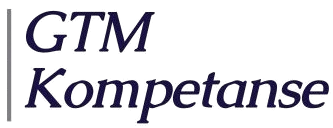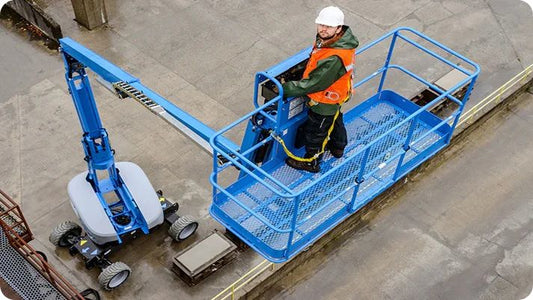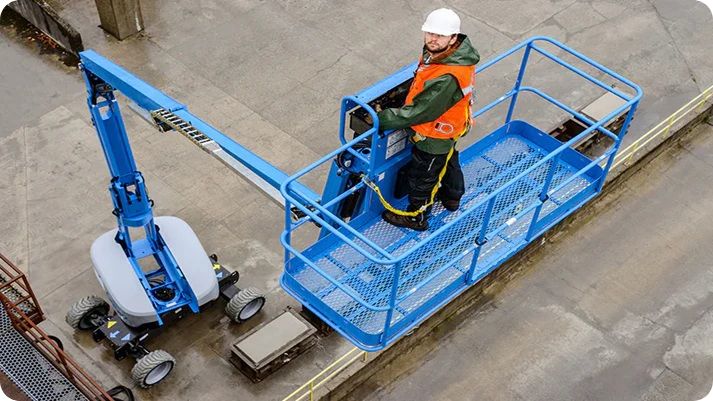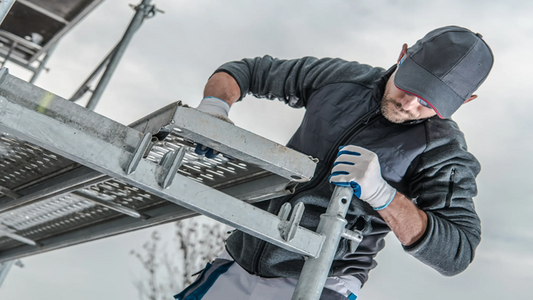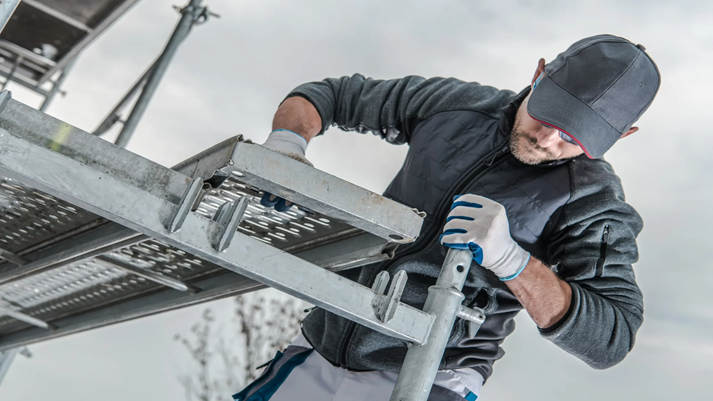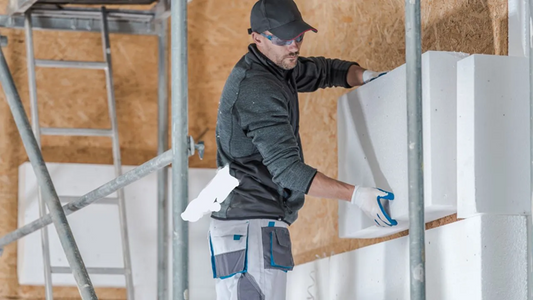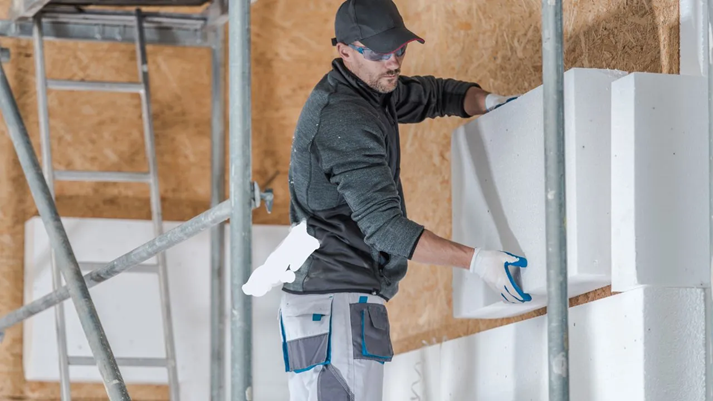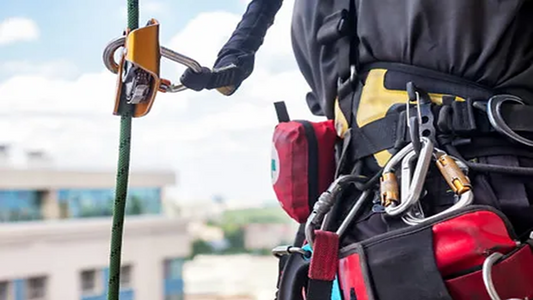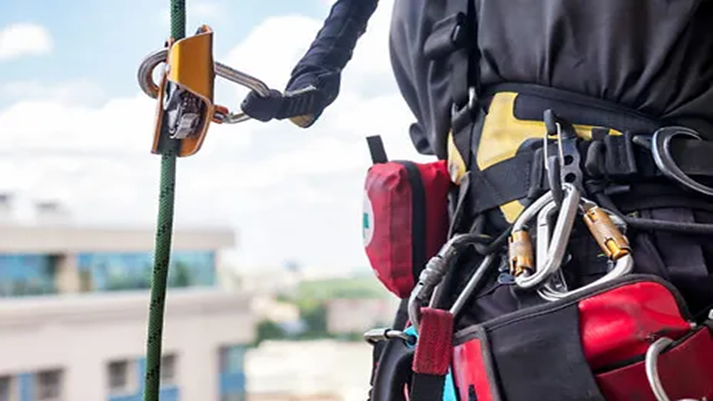Hot work is an important part of many work processes, but also an activity that carries risks. Whether you work with welding, cutting, grinding, or other activities that can cause heat or sparks, it is important to understand when and why it is required to complete a hot work course . In this blog we answer the question: When is it necessary to have a hot work course ? We provide an in-depth review of what hot work is, who needs a course, and how our hot work course can help ensure that both the workplace and employees are well prepared to handle the risks.
When do you have to have hot work courses ?
You must have a hot work course when you or your employees are going to perform work tasks that involve tools or machines that can generate heat, sparks or flames, and thus pose a fire or explosion hazard. This course is required under the Working Environment Act, which states that anyone who performs hot work must be adequately trained in the safety procedures that apply to such activities.
Specific situations when a hot worker course is necessary:
-
Welding and Cutting: If you work with welding, cutting, or other heat processes involving flames or sparks, a hot worker course is required.
-
Use of gas cylinders or burners: For work that involves the use of gas cylinders or burners, for example during roofing or plumbing work, training is required to ensure that the employee can manage the risk of fire and explosion.
-
Working with power tools that can create sparks: Using power tools that can produce sparks, such as grinders, cutters, or drills, also requires employees to have completed a hot work course to prevent fire hazards.
-
Working in high-risk areas: If the workplace is located in areas where there is a high fire risk or near flammable materials, a hot work course will be necessary to ensure that all employees can perform the tasks safely.
When is a hot worker course not required?
If the work you are doing does not involve tools that can generate sparks, heat or flames, and therefore does not pose a risk of fire or explosion, a hot work course is not required. Examples of this could be work tasks that do not involve the use of power tools, flammable materials or heat processes.
What is hot work ?
Hot work refers to work tasks that involve the use of tools or machines that generate heat, sparks or flames. Examples of such activities include:
- Welding and cutting
- Abrasive work
- Soldering and heat treatment
- Use of gas cylinders or burners
- Working with electrical tools that can create sparks
These work processes can lead to fire and explosion hazards if not handled correctly. Therefore, there are strict safety requirements when it comes to conducting hot work courses , and this is where hot work courses come into play.
Why are hot work courses important?
The risk of fire and other hazards that arise during hot work cannot be underestimated. Statistics show that hot work is one of the most common causes of fires in the workplace. By completing a hot work course , the employee learns important safety procedures and methods to prevent fire and explosion. The course covers, among other things:
- Using the right protective equipment: The course teaches participants what types of protective equipment are necessary for hot work and how to use it properly to protect themselves from injury.
- Risk prevention: Participants gain insight into how to assess and manage risks that arise when hot work is carried out in the vicinity of flammable materials.
- Fire prevention: The course provides important knowledge about how to prevent fires during hot work , and what to do if a fire occurs.
- Emergency Management: Participants also learn what to do if a fire or explosion occurs, and how to respond effectively to minimize damage and protect personnel and property.
What do the regulations say about hot work courses ?
In Norway, there are strict requirements for performing hot work , and it is necessary to have certified training to ensure that safety in the workplace is maintained. According to the Norwegian Fire Protection Association, everyone who performs hot work must undergo a specific course. This is regulated by the "Regulation on the performance of work", which states that employers are responsible for ensuring that employees who perform hot work are sufficiently trained in the safe use of tools and methods that involve heat. Those who perform hot work must have insight into fire risk, and perform the work in such a way that a fire does not occur. Insurance companies require a certificate for performing hot work . The Fire Protection Association administers the scheme on behalf of Finans Norge Forsikringsdrift.
An important part of the course requirements is that the employee must be able to demonstrate that they have received training in how to perform hot work safely and how to manage the risks associated with such tasks. In addition to training, there is a requirement that procedures for how to handle hot work in the workplace must be established.
To ensure that the course is adequate, it is recommended to choose a certified hot work course , such as our course. This is a course that provides both theoretical and practical training, and is approved according to current regulations.
What does a hot worker course cover?
A good hot work course covers several important aspects of hot work safety:
-
Preparation for work: Before any form of hot work can begin, a risk assessment must be carried out. What are the potential hazards? What equipment should be used? Where can you find any flammable materials in the work area? The course teaches you how to carry out such an assessment in a thorough manner.
-
Use of tools and equipment: The course teaches how to use the correct tools and equipment for hot work , and how to maintain this equipment. There is also a focus on what kind of protective equipment is required, such as fire-resistant clothing, gloves, and safety glasses.
-
Safety procedures: What safety procedures should be followed to avoid fire? How should the work area be prepared before starting? What should be done during and after performing hot work ? All of these questions are answered throughout the course.
-
Fire Safety: An important topic in the course is fire safety, and how to prevent fires. How should fire extinguishers and other safety equipment be used in the event of a fire?
-
What to do in the event of an accident? Course participants also receive information on how to handle emergency situations. What to do immediately in the event of a fire? How to evacuate the area safely?
-
Final assessment: After completing the course, participants are tested through a final assessment that ensures they have understood all the material and are able to perform hot work in a safe and responsible manner.
How can our hot work course help you?
Our hot work course is designed to give you the necessary skills to perform hot work safely and professionally. We offer a thorough and practical course that is designed to meet both legal requirements and industry standards. The course is available as both an online course and an in-house course, so you can choose the solution that suits you best.
After completing the course you will:
- Have a good understanding of the risks associated with hot work .
- Be able to carry out hot work in a safe manner.
- Know what procedures to follow to prevent fire and other hazards.
- Know how to handle any accidents or emergencies.
You must have a hot work course when carrying out tasks involving tools that can generate sparks, heat or flames, and thus pose a risk of fire or explosion. Having the right skills is essential to ensure that hot work is carried out safely. The regulations require that anyone who carries out hot work must have received training, and a hot work course is a necessity for both employees and employers.
Through our hot work course, you will not only receive the necessary training, but also the peace of mind that comes with knowing that you have the right skills to manage the risks associated with hot work .
